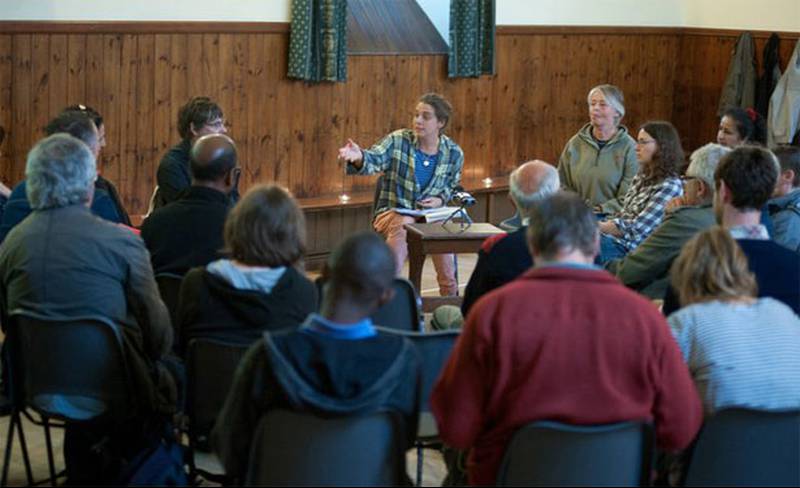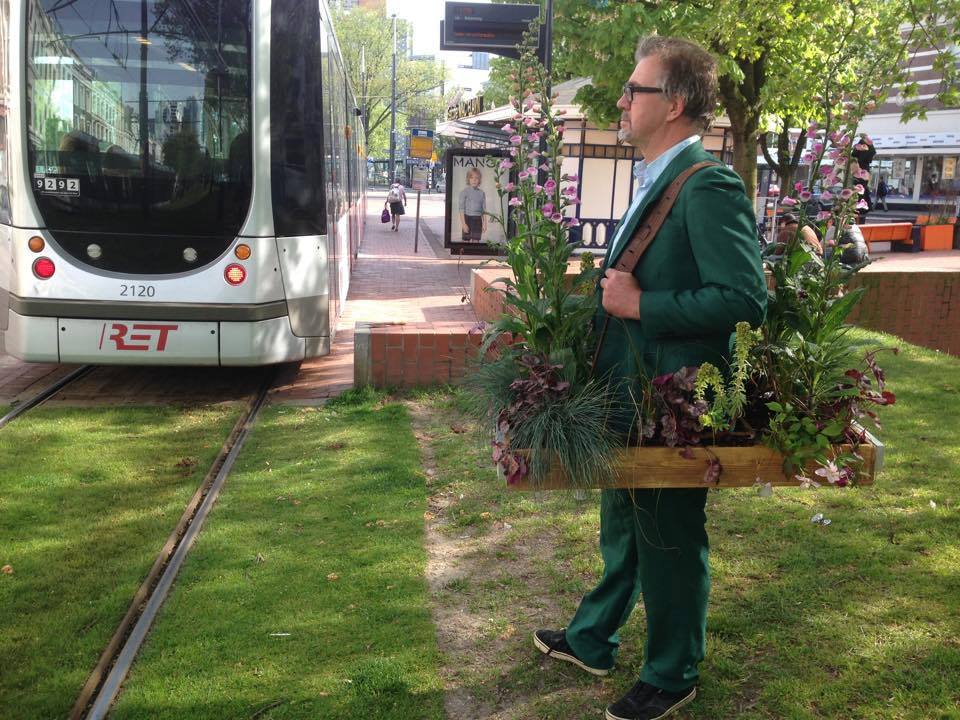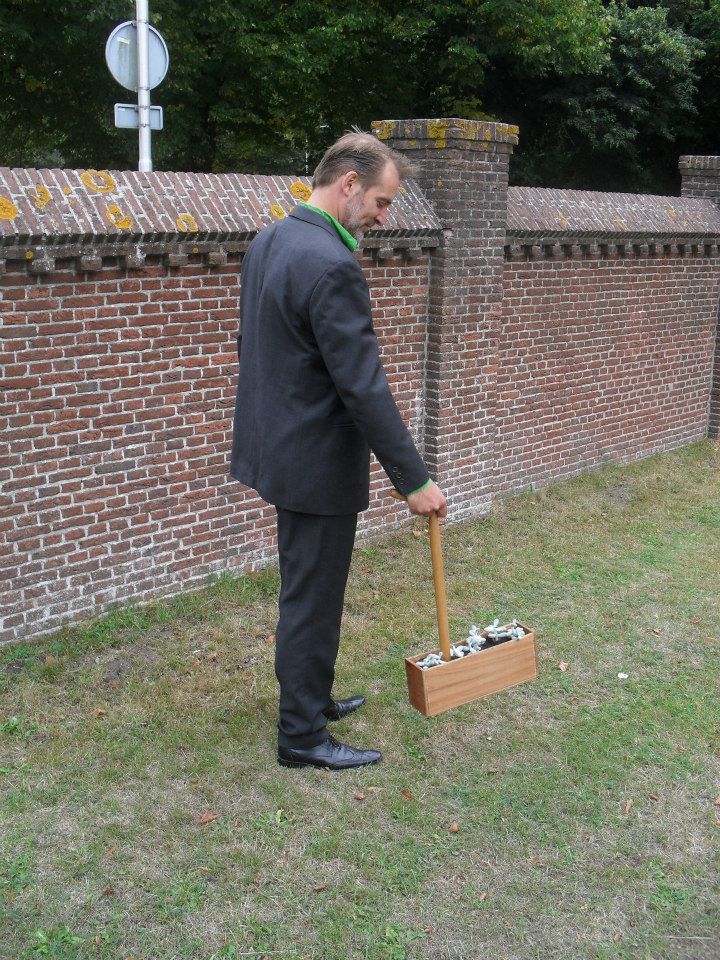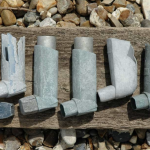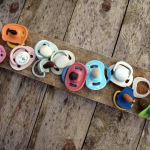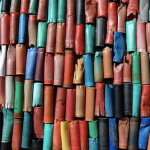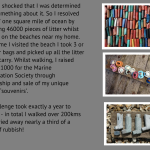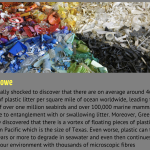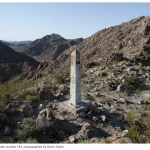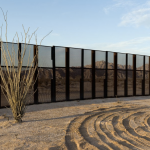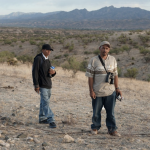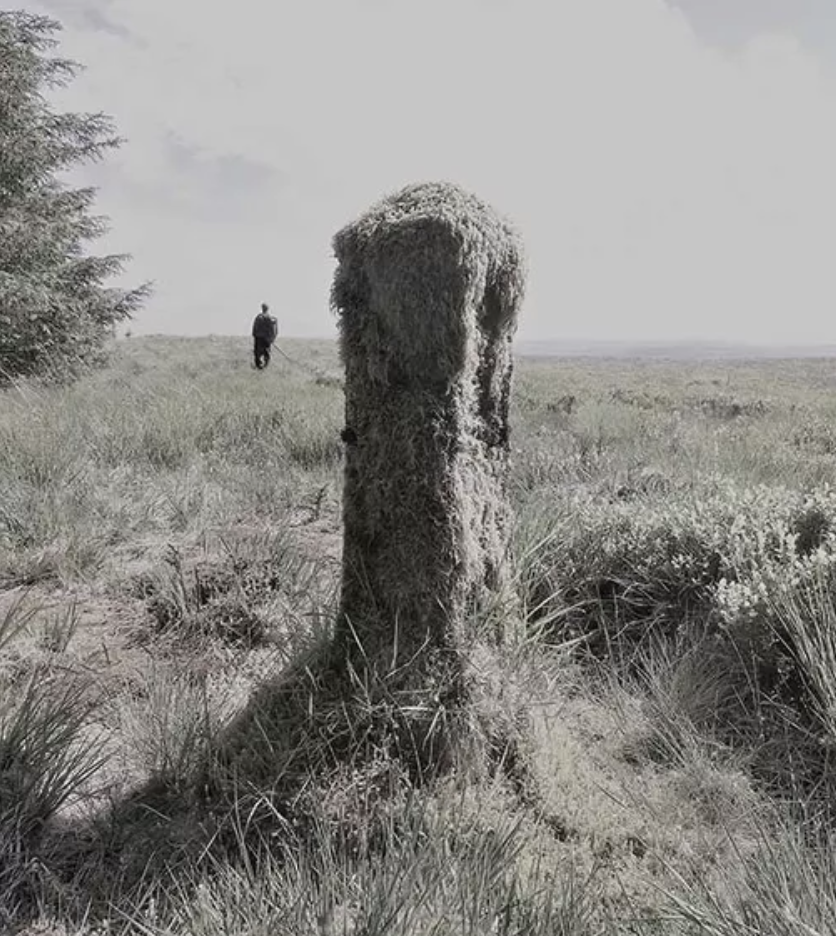A more recent walking artwork highlighting the intersection of walking and race is In Between Camps (2012), which consisted of a group of six researchers and artists, Ismael Al-bis, Fabio Franz, Matteo Guidi, Thayer Hastings, Ibrahim Jawabreh, Saleh Khannah, Sara Pelligrini, Giuliana Racco, and Diego Segatto, walking across the West Bank from the springs of al-Arroub to Solomon’s Pools (three massive stone reservoirs) south of Bethlehem in search of an ancient Roman waterway, the Arrub Aqueduct. The project originated from the Campus in Camps program developed by Al-Quds University, an experimental education program in the Palestinian refugee camp of al-Dheisheh. The purpose of the project was to both reactivate the water system’s source, and imagine a time-frame before the contemporary apartheid-reality of walls, colonial land parceling, and occupation of Palestine. While they were hiking, the group was stopped by Israeli soldiers who were suspicious of the Palestinian participants due to their skin tone and dress. The international participants intervened and explained the trip, their search of the aqueduct, and showed them the map, engaging in a type of information overload tactic, not unlike the tactics Codogan described for minimizing the perception of criminality. After the walk, the group created a booklet (Booklet ) reflecting on the history of the site, their experience, and how the various layers of race-based rule and exclusion are projected on the land.
—
Hastings, Thayer. “Tracing a Line Through a Fractured Palestine, from al-Arroub to Bethlehem,” Walking Art / Walking Aesthetics. Accessed May 16, 2022: https://walkingart.interartive.org/2018/12/thayer-palestine

